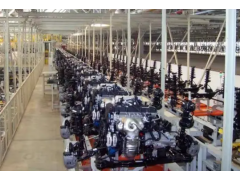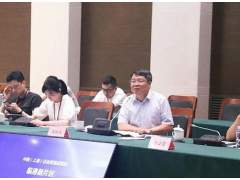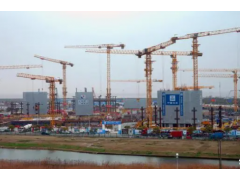On June 2, the "Regional Comprehensive Economic Partnership Agreement" (RCEP) officially entered into force for the Philippines, marking the full entry into force of RCEP for the 15 signatory countries, which will inject strong impetus into regional economic integration.
Just after midnight on the 2nd, the RCEP Shandong Enterprise Service Center and Qingdao Customs officers issued the RCEP certificate of origin for a batch of container flexitanks exported to the Philippines. This is the first certificate of origin issued by Shandong Province for exports to the Philippines under RCEP .
"With this certificate of origin, the 3% tariff rate for products exported to the Philippines in the past has been reduced to zero." Ma Wenbo, chairman of Qingdao Langfu Technology Co., Ltd., said that benefiting from the RCEP tariff reduction, the trade cost of enterprises has been reduced, and it is expected to export orders to the Philippines this year. An increase of about 10% year-on-year.
After RCEP officially came into effect for the Philippines, in the field of trade in goods, the Philippines added zero-tariff treatment to my country's automobiles and parts, some plastic products, textiles and clothing, air-conditioning washing machines, etc. on the basis of the China-ASEAN Free Trade Area. After a certain transition In the near future, the tariffs on the above products will be gradually reduced from 3% to 30% to zero. In the field of services and investment, the Philippines has promised to open the market to more than 100 service sectors, significantly opening up shipping and air transportation services, and also giving foreign companies more certainty in the fields of commerce, telecommunications, distribution, finance, agriculture and manufacturing. .
The person in charge of the International Department of the Ministry of Commerce stated that the 15 member countries committed to opening up the goods, services and investment markets, and superimposed high-level rules in various fields, which will greatly promote the production factors such as raw materials, products, technologies, talents, capital, information and data in the region. The free flow of resources will promote the gradual formation of a more prosperous regional integrated market, and promote the opening and cooperation of member states on a larger scale, at a higher level, and at a deeper level.
On November 15, 2020, the 10 ASEAN countries, Australia, China, Japan, South Korea, and New Zealand jointly signed RCEP, and promoted the agreement to come into force on January 1, 2022. The total population, total GDP, and trade in goods of the RCEP region account for about 30% of the world's total. RCEP has come into full effect for the 15 signatory countries, marking the entry into a new stage of full implementation of the free trade zone with the largest population, largest economic and trade scale and the greatest development potential in the world.




